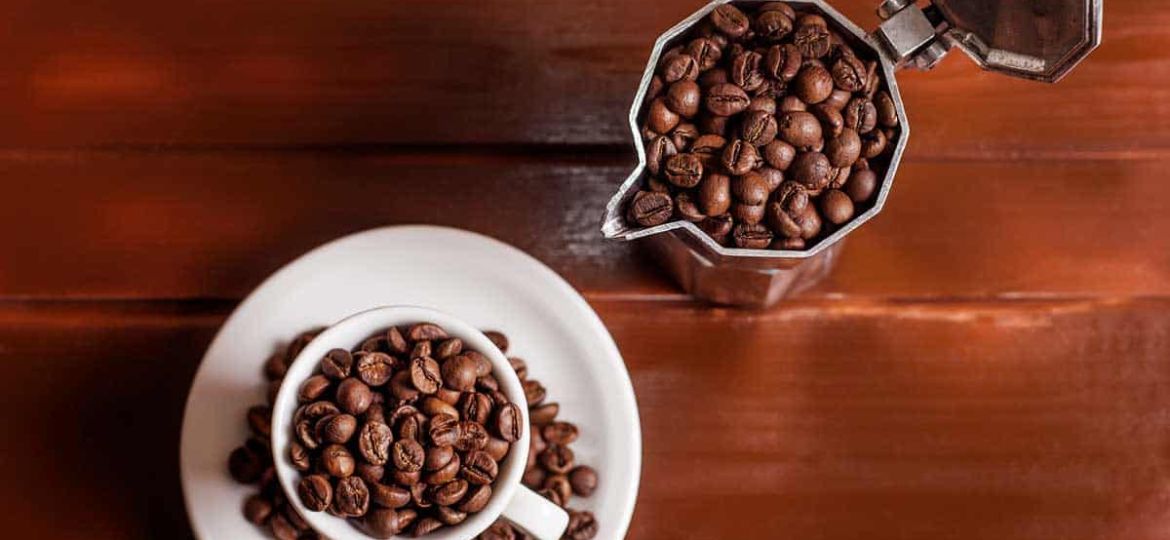
In the realm of coffee, espresso beans and regular coffee beans present two distinct sides of a rich tapestry that is the coffee culture. While often sourced from the same plants, espresso and regular coffee beans are earmarked by their roasting process and intended brewing methods.
Espresso beans are typically roasted for a longer period, resulting in a darker, oilier appearance and a flavor profile that is robust and full-bodied. This contrasts with regular coffee beans, which may undergo a lighter roasting process, yielding a wider range of flavors from fruity to floral, depending on the roast level.
Understanding Espresso Beans
Espresso beans are characterized by their dark roast, which not only imparts a strong, bold flavor but also reduces the bean’s acidity. This process brings out a rich, caramelized taste, often with chocolatey or nutty undertones, making it the bean of choice for espresso shots.
The finer grind and high-pressure brewing method used in making espresso further concentrate these flavors, delivering a potent, small-volume coffee that serves as the base for many popular coffee drinks.
Basics of Regular Coffee Brewing
Regular coffee brewing encompasses a variety of methods, each contributing to the diversity of coffee experiences. Drip coffee makers, French presses, and pour-over methods are among the most common, catering to different preferences in flavor and body.
The choice of brewing method affects the extraction process, with methods like the French press offering a fuller body and richer taste due to the longer steep time and use of coarser grinds. In contrast, drip and pour-over methods provide a cleaner, more delicate cup, highlighting the nuanced flavors inherent in the beans.
Differences in Brewing Process
The brewing process for espresso and regular coffee diverges significantly due to the equipment used and the extraction method. Espresso is made by forcing hot water through finely ground coffee under high pressure, a method that extracts coffee flavors and oils quickly, resulting in a concentrated shot. This process, typically requiring an espresso machine, produces a rich crema on top, a hallmark of a well-made espresso.
In contrast, regular coffee brewing, encompassing methods like drip, pour-over, and French press, relies on gravity or immersion and uses coarser grounds. These methods allow for a slower extraction, producing a larger volume of coffee that highlights the subtle nuances of flavor inherent in the coffee beans.
Caffeine Content Comparison
Despite common beliefs, the caffeine content between espresso and regular coffee varies more by serving size than by brewing method. A single shot of espresso (approximately 1 ounce) typically contains about 63 milligrams of caffeine, whereas an 8-ounce cup of drip coffee contains roughly 95 milligrams of caffeine.
While espresso has a higher concentration of caffeine per ounce, a standard serving of regular coffee generally delivers more caffeine overall due to its larger volume. This distinction is crucial for caffeine-sensitive individuals and those monitoring their intake.
Taste Profile Differences
The taste profiles of espresso and regular coffee are distinctively different due to the roast, grind size, and brewing technique. Espresso, with its dark roast and fine grind, offers a concentrated flavor that is bold and robust, with potential notes of caramel, chocolate, or nuts. The high-pressure brewing method of espresso enhances its intensity and produces a velvety mouthfeel.
On the other hand, regular coffee, which can be made from a variety of roast levels and ground coarseness, spans a broader flavor spectrum—from light and fruity to rich and bold—depending on the beans and brewing method. The slower extraction process of regular coffee brewing methods allows for the development of a more complex flavor profile, often resulting in a smoother and more nuanced cup.
How to Brew Regular Coffee from Espresso Beans
Brewing regular coffee with espresso beans can be an exciting way to explore the depth of flavors these beans offer. Here’s how to use them with popular brewing methods:
Pour-Over Method
- Grind the Beans: Aim for a medium grind, coarser than you would for an espresso but finer than for a French press.
- Heat Water: Bring water to a near-boil (about 205°F or 96°C).
- Prepare Your Filter: Place the filter in the dripper and rinse with hot water to remove any paper taste.
- Brew: Place the grounds in the filter, pour a small amount of water to allow for blooming, wait 30 seconds, then slowly pour the remaining water over the grounds in a circular motion.
French Press
- Grind the Beans: Use a coarse grind to prevent over-extraction and bitterness.
- Heat Water: Heat water to 195-205°F (90-96°C).
- Add Grounds to French Press: Place the grounds in the bottom of the press.
- Brew: Pour water over the grounds, stir, place the lid on, and let steep for 4 minutes. Press down the plunger slowly.
Drip Coffee Maker
- Grind the Beans: Aim for a medium grind, similar to sea salt.
- Set Up Your Coffee Maker: Add the ground coffee to the filter basket.
- Brew: Fill the water reservoir with cold water and start the machine. Wait until the brewing cycle is complete before serving.
Adjusting Grind Size and Brewing Method
For optimal flavor when using espresso beans for regular coffee, adjustment is key. Espresso beans are darker and more oily, which can impact extraction. A slightly coarser grind than what you’d use for actual espresso shots is recommended for most brewing methods.
This prevents over-extraction and bitterness. Experiment with water temperature and brewing time to find the sweet spot for your taste preference. Remember, the goal is to extract the rich flavors of the espresso beans without the intensity of an espresso shot.
FAQs
Can Espresso Beans Be Used for Any Coffee Brewing Method?
Yes, espresso beans can be adapted for any coffee brewing method. The primary consideration should be adjusting the grind size to suit the method—coarser for French press and slightly finer for pour-over or drip methods. Experimentation is encouraged to achieve the desired taste profile.
What Is the Difference Between Making Espresso and Regular Coffee?
The key differences lie in the brewing process, grind size, and equipment. Espresso is made under high pressure with finely ground beans, resulting in a concentrated shot. Regular coffee is brewed with coarser grounds, using methods that allow for a longer extraction time without pressure, yielding a larger volume of coffee with a more nuanced flavor profile.
How Does the Caffeine Content Compare Between Espresso and Regular Coffee?
While espresso has a higher caffeine concentration per ounce, a standard serving of regular coffee usually contains more caffeine overall due to its larger volume. Misconceptions arise from comparing the two without considering serving sizes, leading to the mistaken belief that espresso significantly surpasses regular coffee in caffeine content.
Conclusion
In summary, espresso beans offer a versatile option for brewing regular coffee, provided adjustments are made to grind size and brewing technique. This exploration can unveil a range of flavors not typically associated with regular coffee, enhancing the brewing experience.
Whether using a pour-over, French press, or drip coffee maker, the rich and robust essence of espresso beans can be seamlessly integrated into your daily coffee routine, offering a delightful twist on the classic cup of joe.









